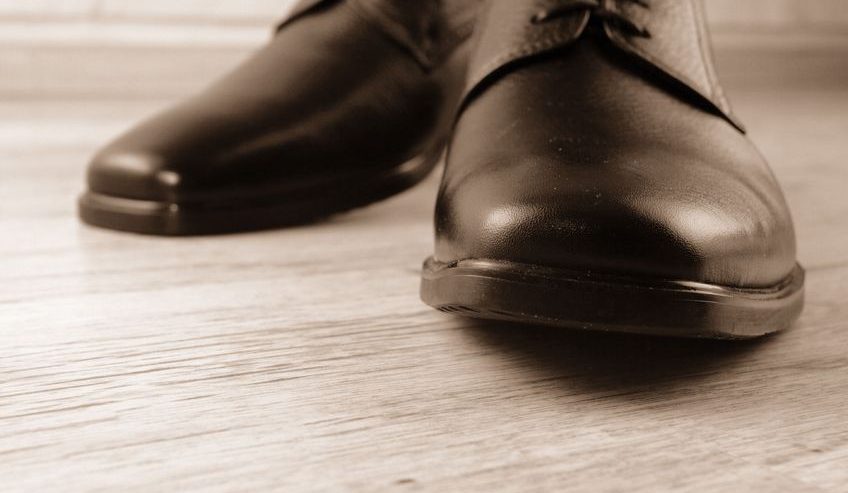Hardwood Floors: Taking the Squeak Out of Your Step
Hardwood floors are attractive, versatile and extremely varied. They can be matched with many different room decor designs and redesigns and they typically warm the color of a room. Hardwood flooring is also an excellent insulator, able to retain heat and comfortable to walk across. Easy to clean, painless to maintain and fairly simple to repair in case of damage over time: it’s no wonder that so many people choose to install hardwood flooring in many different parts of their houses.
However, after a few seasons, some wood floors develop an annoying problem. Here’s what you should know about the causes and solutions to a squeaky floor.
How Hardwood Flooring Works
While there are quite a few variations in the details, the basic structure of a hardwood floor is made up of four parts. The floor is supported by joists and either a layer of diagonally-laid wooden boards or a sheet of plywood is placed over the joists as the underlayer of the floor. If the floor is on the lower level of a building, it is sometimes supported by concrete instead of joists. Regardless, the base of the floor is covered by a layer of building paper, felt, resin paper or some other type of thin material. Over this layer is laid the actual boards or strips of hardwood, which may be covered in wax, polyurethane or varnish. The different layers are attached using flooring nails.
Common Causes of Squeaks
Squeaky floors usually develop as a result of normal seasonal changes in the temperature and humidity of the house. As the wood is exposed to alternating heat and cold, as well as changing levels of moisture, it expands and contracts a little. The amount of flex depends on the type of wood but, over time, it slowly develops small cracks when it is dry, cold or both, and expands so the layers of cracks rub against each other when it is wet or warm.
However, some squeaks are actually the result of poorly chosen grades of wood, sloppy installation of the boards or failure to completely attach the upper and lower layers of the floor. If you are having new hardwood flooring installed, make sure to choose a competent and experienced contractor to minimize the chances that your floor will develop squeaks. Try ServiceWhale to find a reputable contractor in your area.
Simple Fixes for Squeaky Floors
You can frequently prevent squeaks from developing by keeping your house at a steady temperature and moisture level throughout the year. When squeaks do appear, try to pinpoint the exact area and boards that they are coming from. If your hardwood flooring is topped with wax instead of some kind of varnish, try applying a fresh coating of wax and concentrate on working as much wax as possible into the cracks between the boards in the squeaky area.
Otherwise, try applying some type of lubrication to the area: talcum powder, powdered graphite and powdered soapstone are some of the most common types. Pour the powder along the cracks between the boards, lay a towel or other piece of fabric over the area, and work it into the cracks by stepping on the fabric. You will want to do this a couple of times, ideally on days with different temperatures or varying humidity.
I
f the cracks between the boards are large enough to be plainly visible, you may need to fill those spaces with something that won’t allow the boards to squeak. Glazier points, which are narrow metal triangles normally used to put in window glass, are fairly easy to push into the spaces and you can wedge them in with a spatula or putty knife.
If the squeak seems to occur around a set or row of flooring nails, it may be the sound of the wood squeaking against a loose nail as it moves up and down. This is another easy fix: drill some holes through the problem board (but not into the subfloor!) and drive a few extra finishing nails all the way through to the subfloor. You can cover the nail-holes with wood filler.
Longer-Lasting Squeaky Floor Fixes
If you’ve tried a few normal fixes and the squeak is still around, you may have a problem with the subfloor. If you can locate the exact spot of the subfloor that has developed a gap, you can insert a shim into the space, perhaps with a little construction adhesive to hold it. Otherwise, you should call a hardwood flooring expert who can find the source of the squeak in the subfloor and add fasteners or develop a bridge or a block (two methods of adding plywood or boards to steady the squeaky area) that fits your subfloor. Try our request wizard to find the right professional hardwood flooring expert for you, whether you’re installing a floor new or looking to repair a squeaky floor.





Comments
Comments are disabled for this post